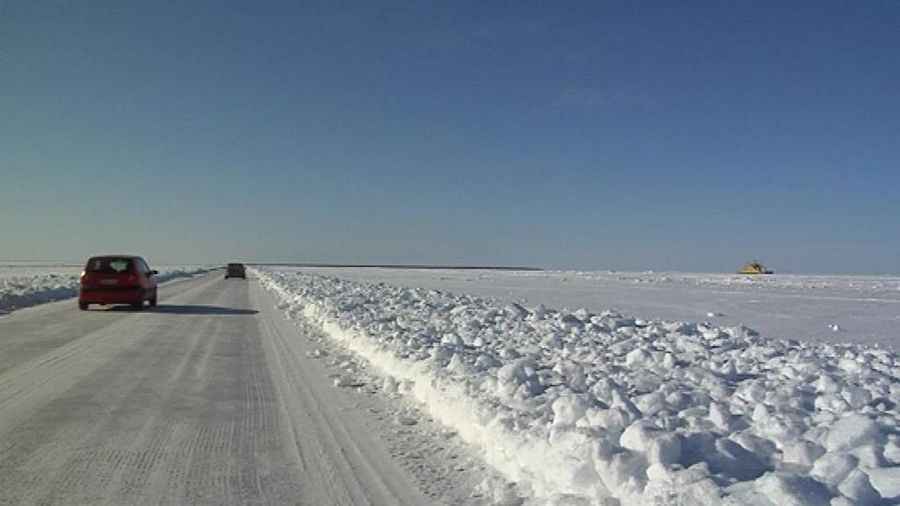Driving the stunning Hailuoto Ice Road
Hailuoto Ice Road is an ice road constructed each year at the Bay of Bothnia, allowing vehicles to cross the northern Baltic Sea, in the Northern Ostrobothnia region of Finland.

Where’s Hailuoto Ice Road?
Located in the central part of the country, there are two ways to get across the Baltic Sea. You can take the ferry that travels between the village of Baltic Sea on the east side and the island of Hailuoto (the largest island in the Bothnian Bay) on the west side. The ferry is part of Road 816. The ferry operates during the ice-free season; during the winter months, an ice road across the sea is built. There are plans to build a causeway between Riutunkari in Oulu and Huikku on Hailuoto Island. The causeway will replace the current ferry service. The causeway will be approximately 8.4 kilometers long, and it will consist of a road running on top of an embankment and long bridges in Huikku and Riutunkari.
How long is the Hailuoto Ice Road?
The ice road (part of Road 816) crossing the northern Baltic Sea is 9 km (5.5 miles) long. During most of the year, a ferry operates between Hailuoto and the mainland. The nine-kilometer ice road, the longest in the country, considerably improves access to the island. Some Hailuoto residents have been calling for the construction of a bridge to the island. The roads are designed to access harvesting sites in locations where it is not profitable to build a summer road, or the construction and use of a summer road is not feasible for reasons of conservation. Speed limit is 50 km per hour, with 50 meters between vehicles. One road to the island and one road back. The weight information seems to change between 2000-3000.
When is Hailuoto Ice Road open?
The ice road between Oulu and the island Hailuoto used to be open 4-5 months a year, but now due to climate change, it is only open for 4-5 weeks. The ice needs to be over 70 cm to safely support traffic up to 3 tons, but the Bay of Bothnia is having thinner ice nowadays. Instead, the icebreaking ferry must run every hour during most of the winter, adding to the CO2 problem. These kinds of roads are constructed by compacting snow and pumping water from holes in the ice onto a road area that measures about 50m wide. Records are kept of the development of ice thickness, and an inspection is done before it can be opened. The ice needs to be 120 cm thick before it will carry a fully loaded timber truck. The timber must be hauled away from ice roads by the end of March. Ice roads are equipped with the necessary warning and other road signs. After use, ice roads are normally closed to prevent access by cars as the bearing capacity of the ice is reduced.
Pic: https://yle.fi/uutiset/osasto/news/its_official_spring_began_april_2_says_fmi/6575892